How Many Solar Panels Do I Need For 1,000kWh Per Month?
-
Pete Ortiz
- Last updated:
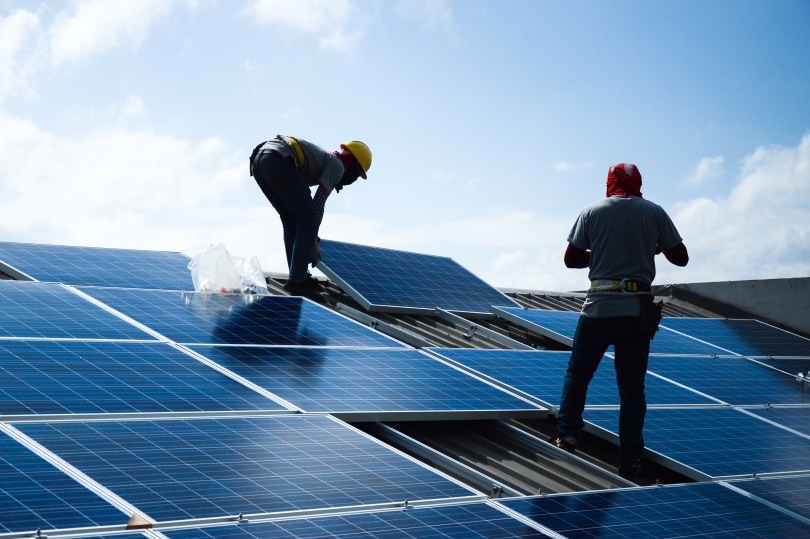
The average U.S. home uses approximately 10,000kWh per annum, which means that if you have a larger house or use more appliances than a standard home, you would need a solar power system that generates the equivalent of 1,000kWh per month.
1,000kWh per month is certainly achievable with a modern solar power system, but considering a typical solar panel generates approximately 300 watts and a typical home receives between four and five hours of peak sunlight per day, it means that you will need multiple solar panels to generate all of that electricity.
How Do Solar Panels Work?
As photons pass through the photovoltaic cells that make up a solar panel, they collide with electrons to create an opposing charge. This generates DC electricity which is passed through a converter which converts it to AC electricity that is used to power devices in the property. Solar panels need sunlight to work and although they do not work at night, when there is no daylight, modern solar systems include solar battery storage. These batteries store excess power generated during the day so that appliances and other devices can draw from that stored power and still use electricity.
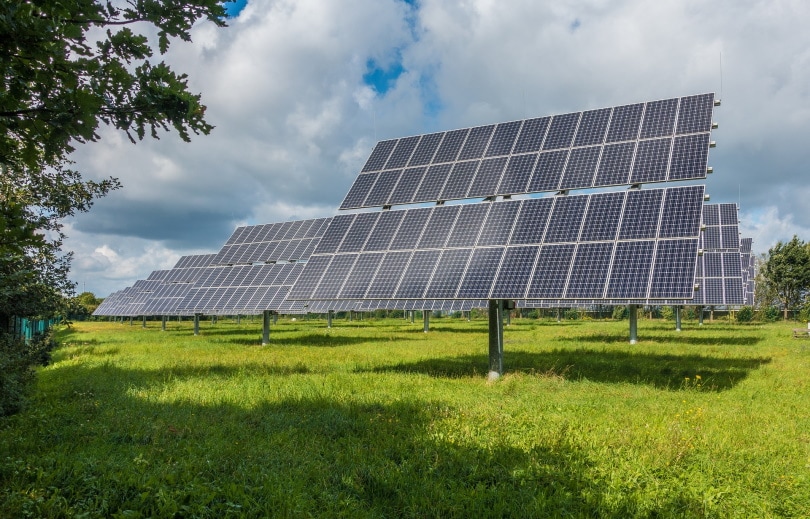
How Many Solar Panels To Produce 1,000kWh Per Month?
The exact number of panels required to produce 1,000kWh per month will depend on the amount of power that the solar panels can generate and the number of daylight hours that they receive sunlight.
Panel Power
Different solar panels generate different amounts of power, but they typically have a power rating between 200 and 400 watts. Generally, the larger the solar panel, the more photovoltaic cells it contains and the more power it can produce, but most solar systems use panels that generate around 300 watts. Speak to your installer or check the manufacturer’s guidelines to determine the exact power of the solar panels you are installing.
Sunshine
If a solar panel can generate 300 watts, this is the amount of power it generates when it receives full sunlight. Most properties in the U.S. are deemed to get between four and five hours of usable sunlight each day, which means that a single panel can produce between 1,200 and 1,500 watt-hours per day (1.2 to 1.5 kWh), equivalent to 36 to 45 kWh per month.
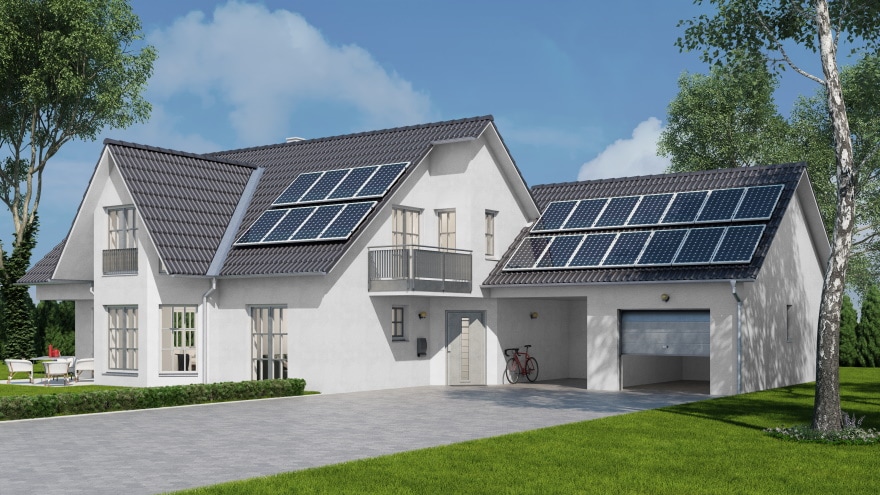
How Many Panels Do You Need?
Using a 300-watt solar panel and assuming 4 hours of sunlight, to be on the safe side, one panel will generate 36kWh per month. If you need 1,000kWh per month, then you will need 1,000/36 panels = 28 solar panels.
A single 300w panel measures 3.5 feet by 5 feet so you will need nearly 400 square feet of roof space to install a system of this size, and you should expect to pay around $22,000 for the installation and equipment.
Factors To Consider Before Installing Solar Panels
1. How Long Will You Live In The House?
It will take more than 10 years to recoup the cost of a solar panel installation of this size. Although they can add value to your home, if you intend to sell within the next five or six years, it is unlikely that the solar system will have paid for itself in this time. If you’re installing solar panels to reduce your carbon footprint and help the environment, then this is less important. Solar power is estimated to use one-twentieth of the carbon of brown energy sources.

2. What Type Of Roof Do You Have?
A solar panel system is usually installed on the roof of a property because this gives the greatest exposure to sunlight, and it also means that your yard isn’t taken up by solar panels. Most roofs are suitable for solar panels, but some may need fixing and may require additional work before the system can be installed. This means additional work and may mean more time for the installation, so it is worth considering before you start the project.
3. Will You Need Permits?
Local authorities may require you to have appropriate permits before you install a solar system. Although most councils do encourage solar installations, there may be specific requirements that have to be met and if you fail to meet these, it can mean extra costs or could even lead to you having to take the panels down and have them reinstalled properly.
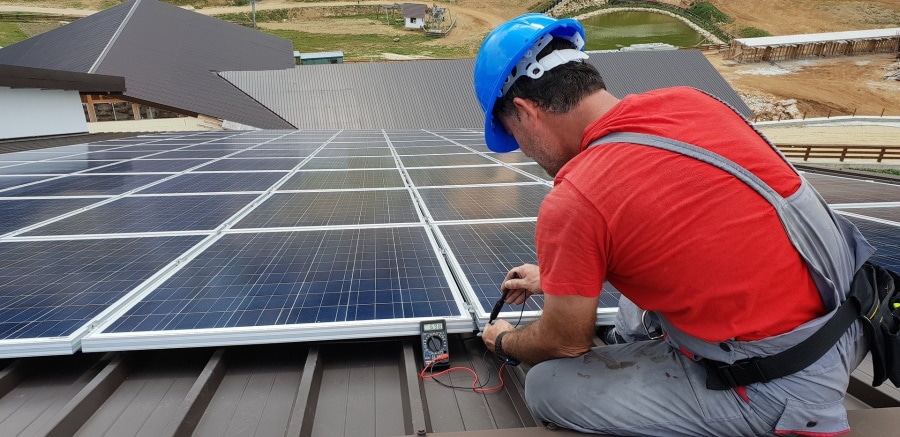
4. Have You Shopped Around?
A solar installation can cost upward of $20,000, which is a big investment. Even if you can save $1,000 or $2,000 on the investment, this represents a decent saving, so shop around. Get like-for-like quotes from professional installation companies and see if you can get any grants or tax credits to help offset the cost of the work. Not only does it reduce the upfront cost, but it means that the solar system will have paid for itself sooner.
Can I Use Solar Power At Night?
Technically, solar panels do not work at night because they require direct sunlight. However, this doesn’t mean that you can only use your electricity during daylight hours because modern solar systems include solar battery storage.
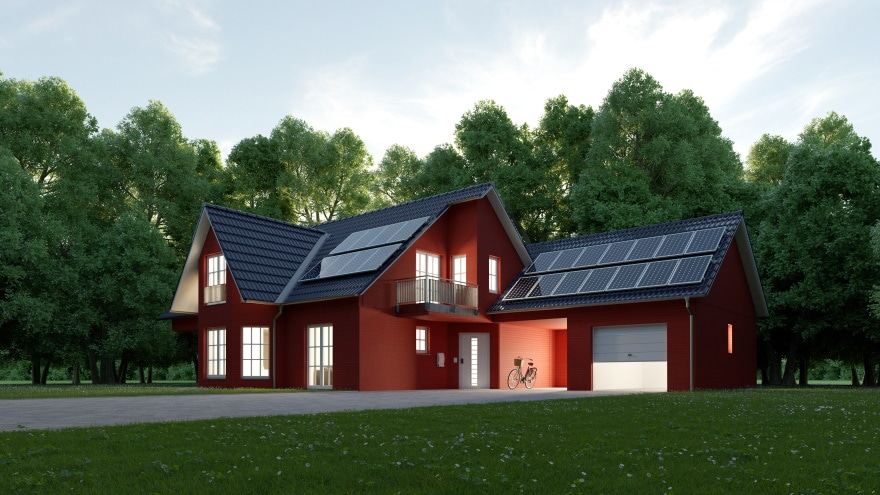
What Is Solar Battery Storage?
Solar battery storage is essentially a large battery pack. As electricity is generated by the solar panels, it is passed to and stored in these batteries. At nighttime, when you use electricity, it is drawn from the battery until it is depleted. When the panels receive sunlight again, the battery level is restored so that you can turn on the lights the next night.
- Related Read: 10 Best Portable Solar Panels – Reviews & Top Picks
Conclusion
You will need approximately 28 solar panels to generate 1,000kWh per month, although this figure could be slightly lower or higher depending on the power rating of the solar panels and the amount of daylight you enjoy each day. A professional solar power company will be able to advise you on the exact number of panels you need, as well as the type of system and whether you will need any roof work doing before the project can be undertaken.
Featured Image Credit: surasak jailak, Shutterstock
Contents




